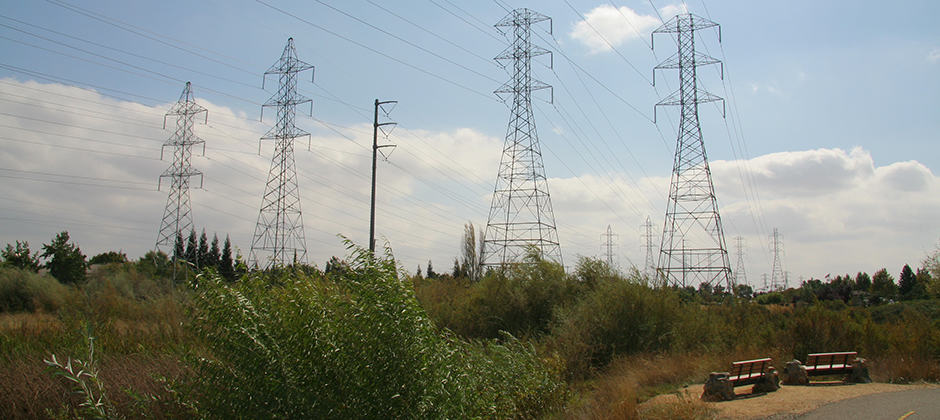Share this article
Power line corridors support wildlife
Power lines are harmful for many species like cranes and falcons, but in New England, researchers found that some specie the corridors can help sustain native wildlife species from migrating birds to threatened bees. The area around these transmission lines include open, scrubby landscape that support species that don’t live in the surrounding forests and woodlands. Researchers recorded bees at 27 randomly selected sites along a transmission line crossing from Connecticut to New Hampshire. They found those corridors had almost 10 times the number of bees and twice the number of bee species compared to forested areas. Among more than 200 species of wild pollinators they found in the power line corridors was the protected silver-and-black haired bee (Epeoloides pilosula), which scientists thought was extirpated from the region about a decade ago. The researchers also made note of more than 200 state-protected plants, insects, amphibians, reptiles, birds and mammals using the landscape. The team thinks these rights-of-way will become important as climate changes for wildlife that needs to relocate.
Read the full study in Biological Conservation or check out this article in UConn Today.
Header Image: The shrubby landscape surrounding power lines provides a home to species from migrating birds to threatened bees. ©Michael Hicks








